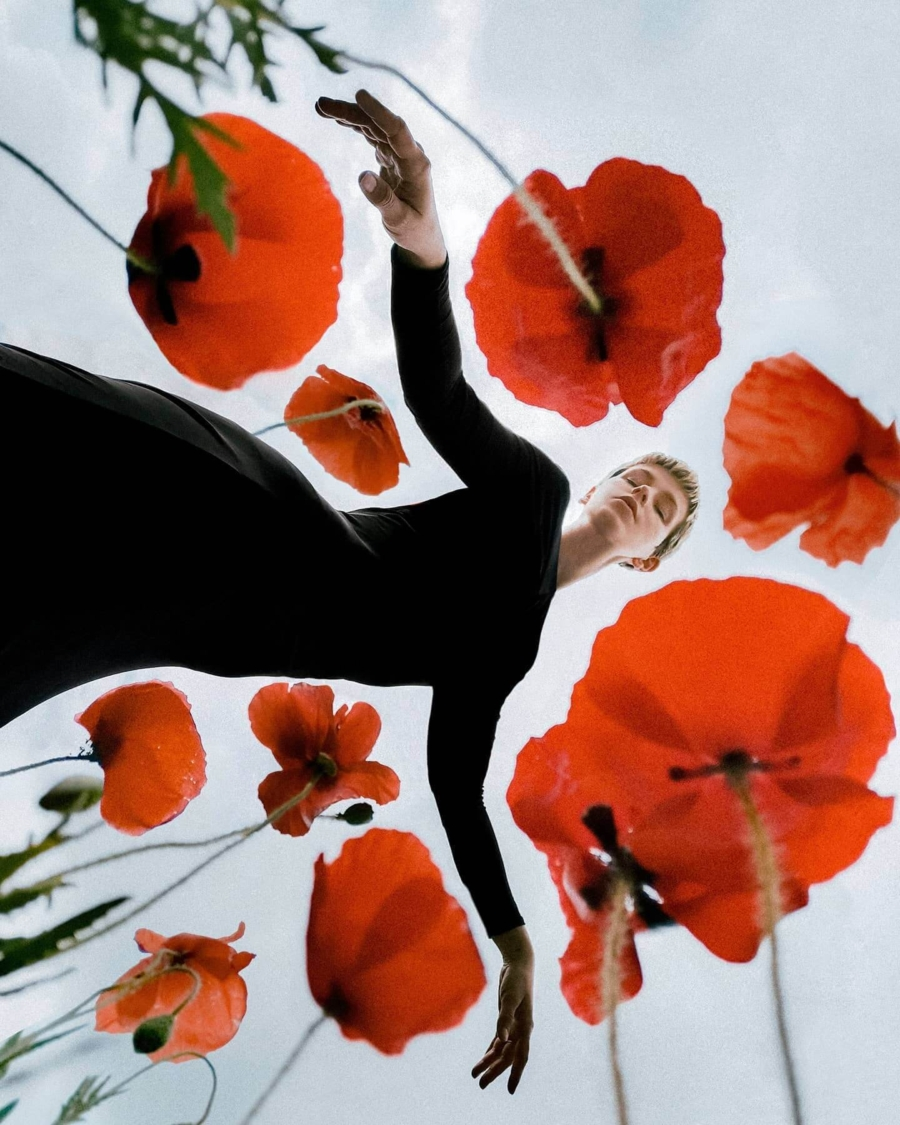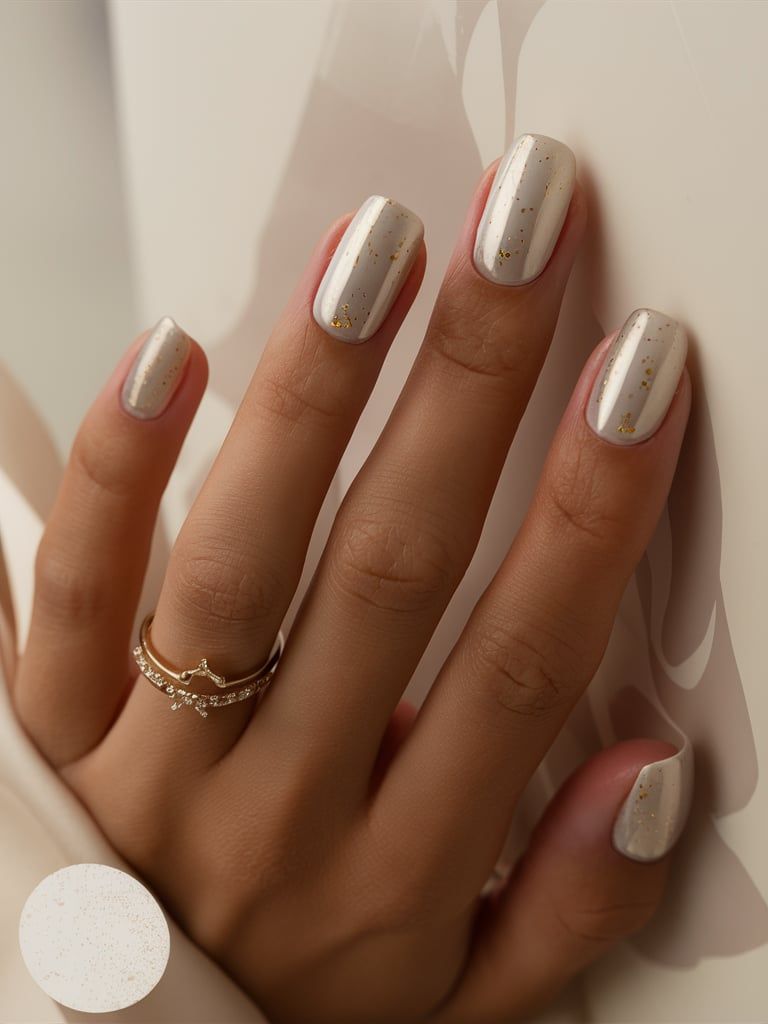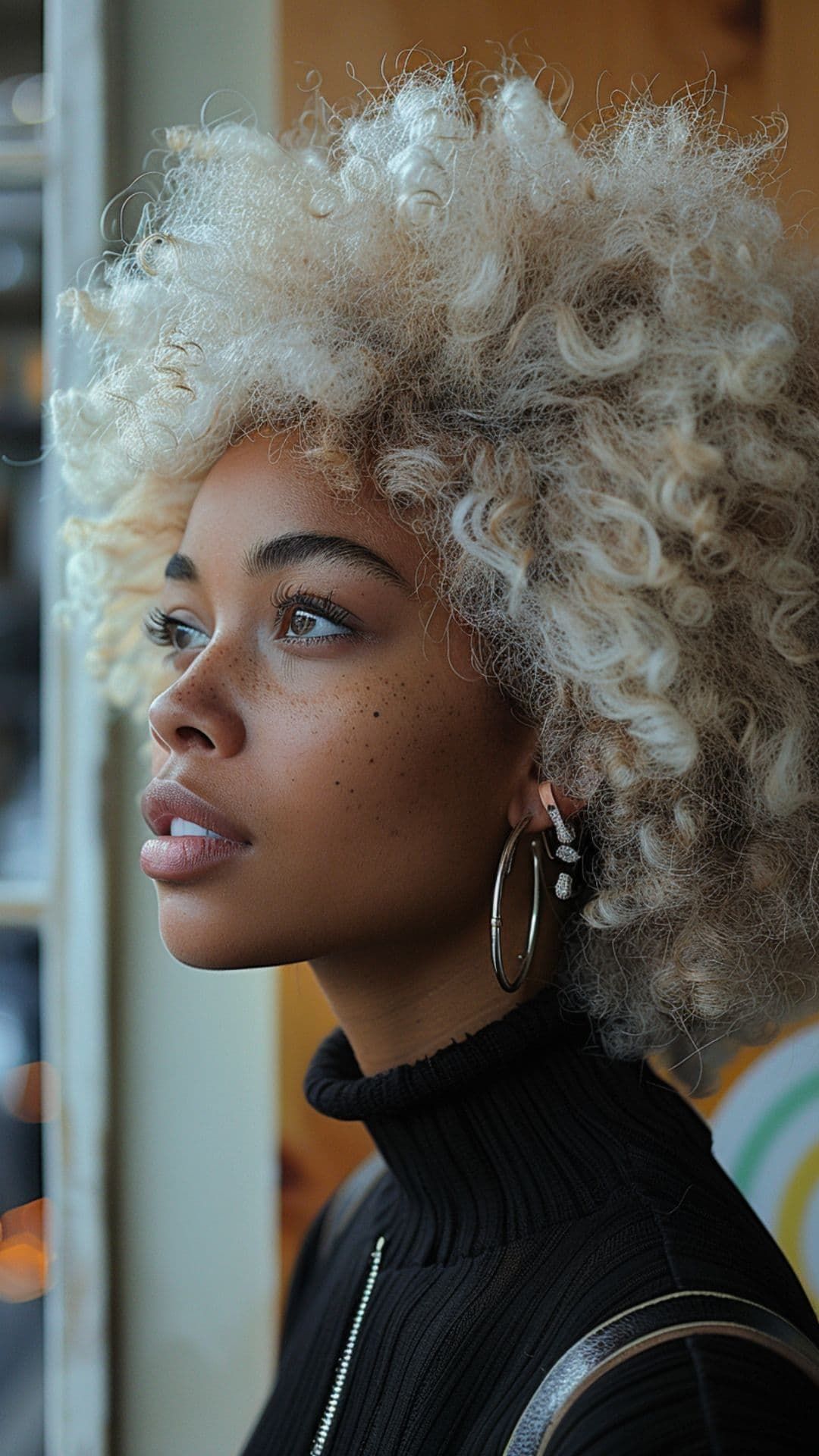Photography is not just about capturing a moment but also about capturing it from different perspectives. Different angles can completely change the way a photo looks, and they can add depth and interest to your images. Here are 8 photography angles, ideas, and examples to help you take your photography to the next level.
1. Bird’s Eye View
The bird’s eye view angle is taken from a high vantage point, looking down on the subject. This angle can give a unique perspective and can make the subject appear smaller and more isolated, creating a dramatic effect. For example, taking a photo of a cityscape from a tall building or aerial photography from a drone can give stunning bird’s eye view images.
2. Worm’s Eye View
The worm’s eye view angle is taken from a low vantage point, looking up at the subject. This angle can make the subject appear larger and more imposing, adding a sense of grandeur and power to the photo. For example, taking a photo of a tall building from ground level or capturing a tree from the base looking up can create stunning worm’s eye view images.
3. Close-Up or Macro
Close-up or macro photography is all about capturing small details and textures. This angle allows you to get up close and personal with your subject, capturing intricate details that may not be visible from a distance. For example, capturing the intricacies of a flower petal or the texture of a piece of fabric can result in striking close-up or macro images.
4. Dutch Angle
The Dutch angle, also known as a canted angle, is a tilted angle that adds a sense of unease and tension to the photo. This angle is often used in horror or thriller movies to create a feeling of disorientation and unease. For example, tilting the camera when capturing a subject can create a Dutch angle image.
5. Leading Lines
Leading lines are a powerful compositional tool in photography. They draw the viewer’s eyes into the photo and lead them towards the main subject. For example, capturing a road or pathway leading into the distance, or using the lines of a building to lead the viewer’s eye towards the focal point can create compelling leading line images.
6. Overhead
An overhead angle involves capturing the subject from directly above. This angle can be used to create symmetry and showcase patterns or interesting designs. For example, capturing a table setting from above or photographing a group of people from an overhead perspective can result in unique and visually appealing images.
7. Reflections
Reflections can add depth and interest to your photos. They can be captured in water, glass, or other reflective surfaces and can create a sense of symmetry and surrealism. For example, capturing the reflection of a landscape in a body of water or photographing a subject through a reflective surface can result in captivating reflection images.
8. Candid Shots
Candid shots are captured when the subject is unaware of being photographed, resulting in natural and authentic images. This angle can capture genuine emotions and moments, often telling a story or conveying a mood. For example, capturing people in everyday life or candid moments at a special event can result in compelling candid shot images.
In conclusion, photography is all about capturing the world from different perspectives and angles. By experimenting with different angles, you can add depth, interest, and drama to your images. Whether you’re capturing a bird’s eye view of a cityscape, a close-up of a delicate flower, or a candid shot of a special moment, these photography angles, ideas, and examples can help you take your photography to the next level. So, get out there and start capturing the world from unique and compelling angles!
You can review our digital products by following us on Etsy.





